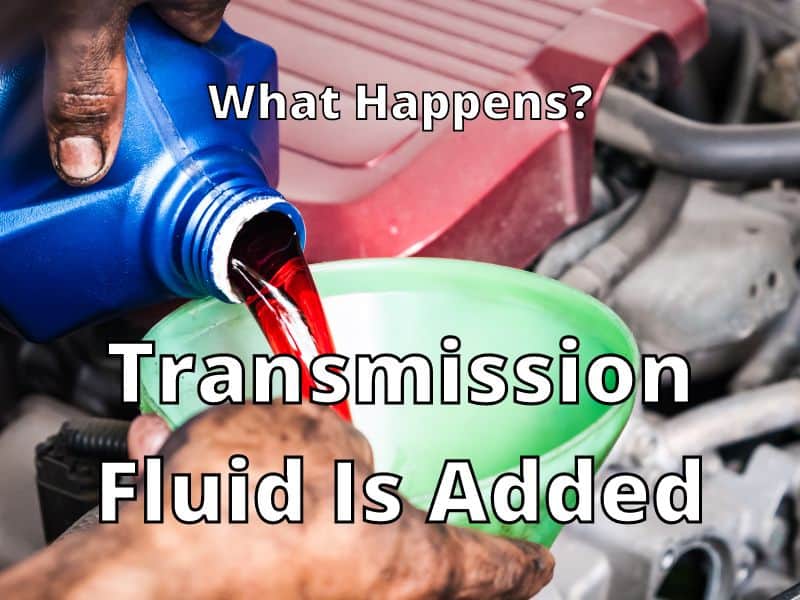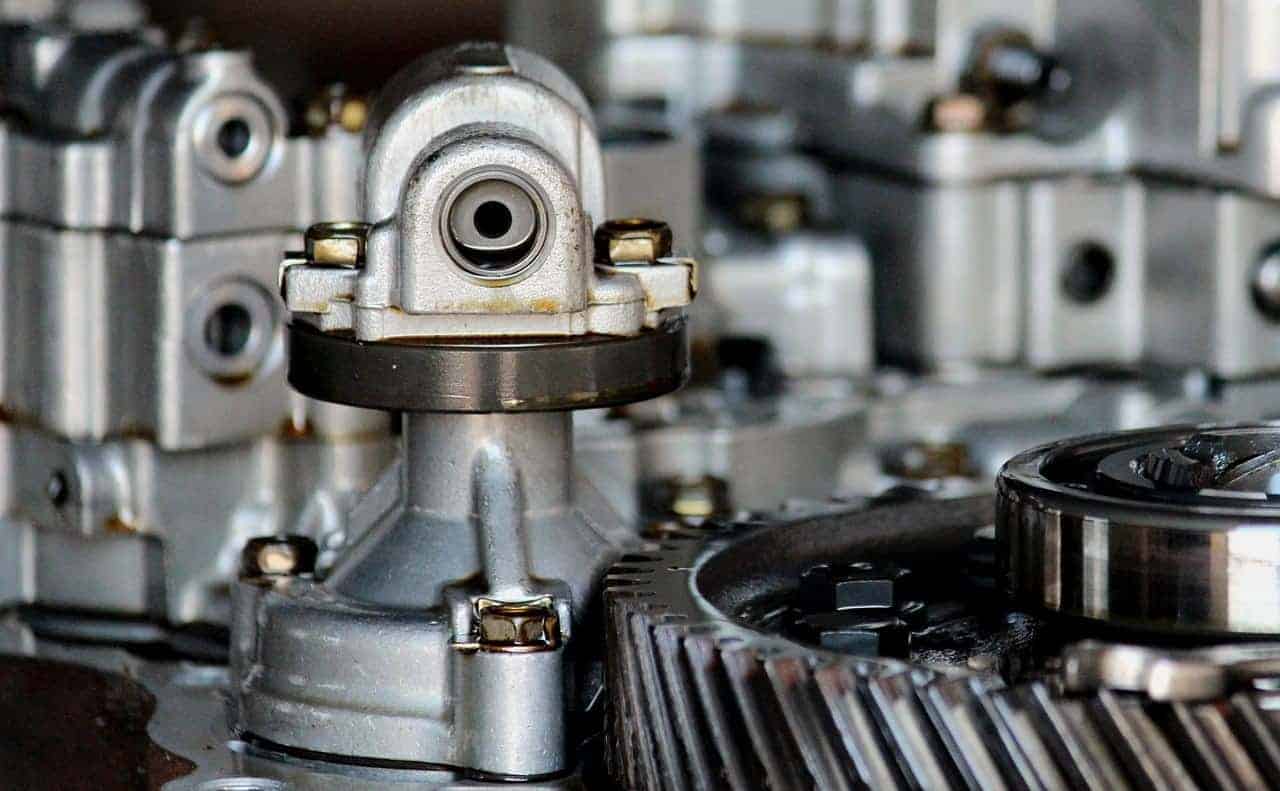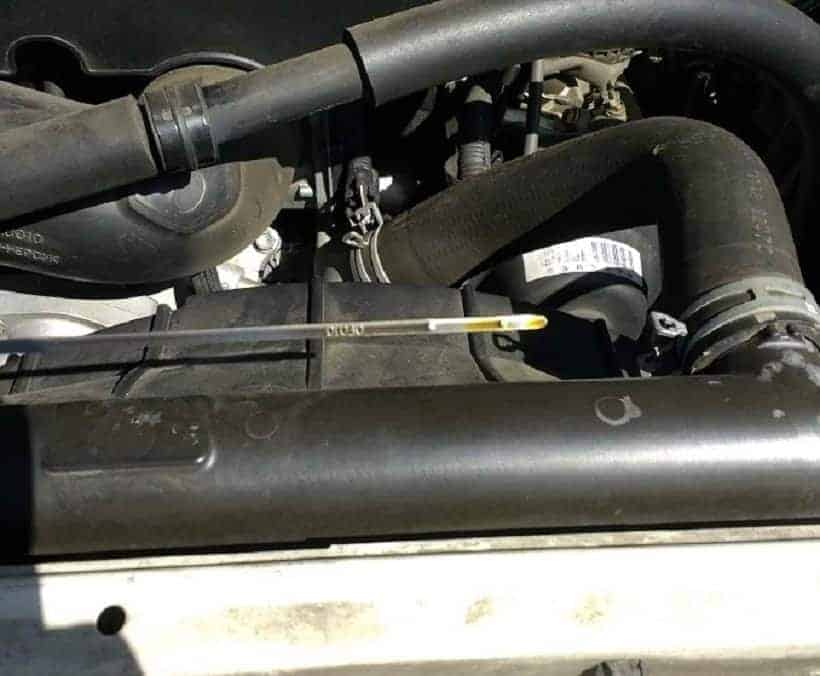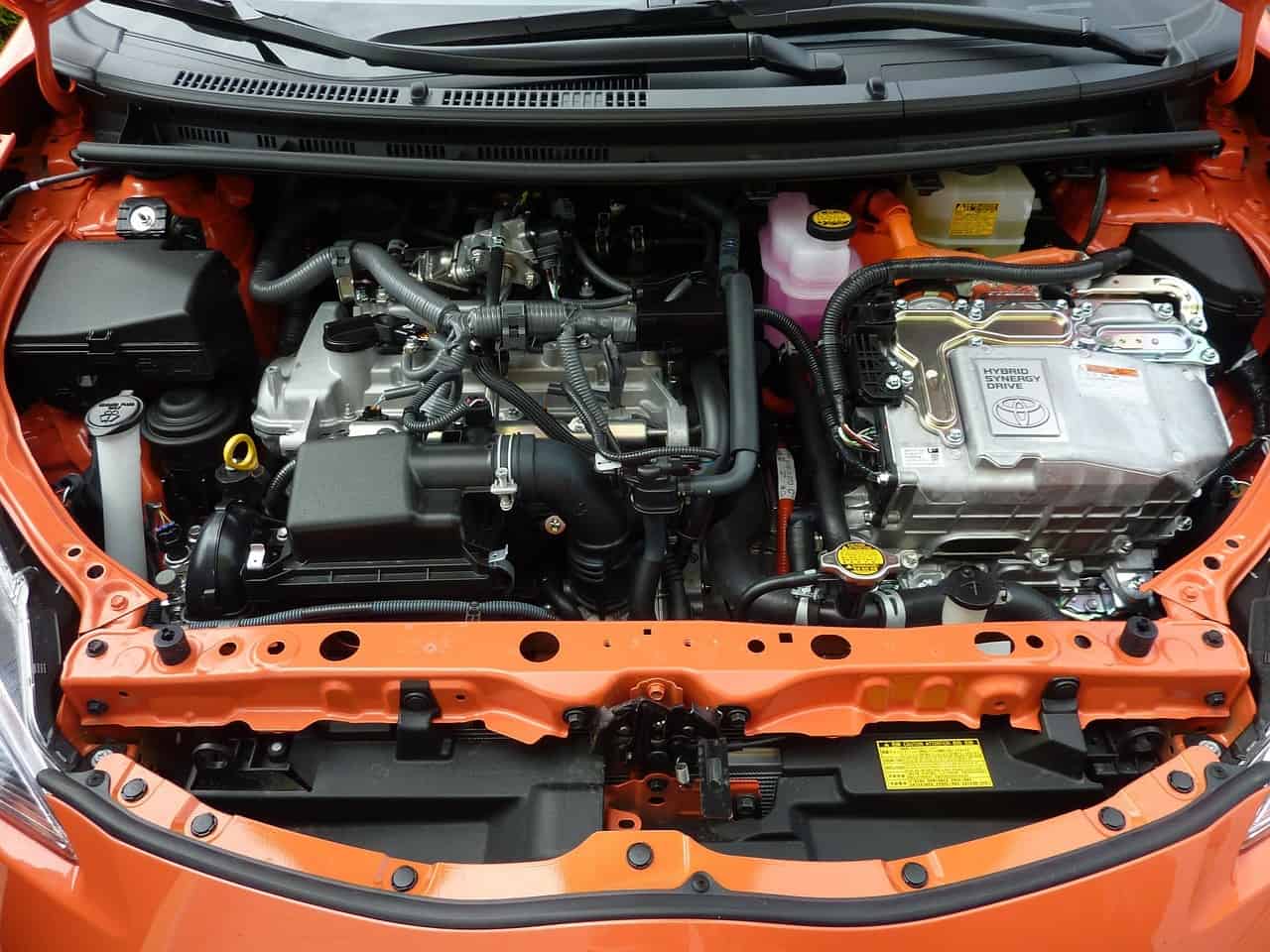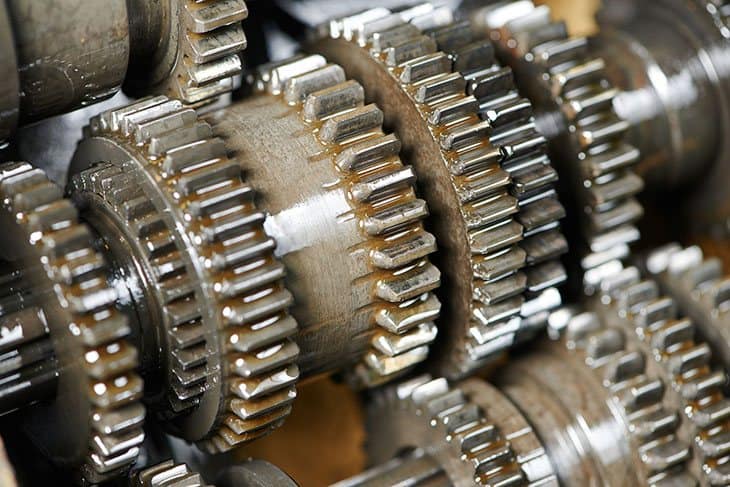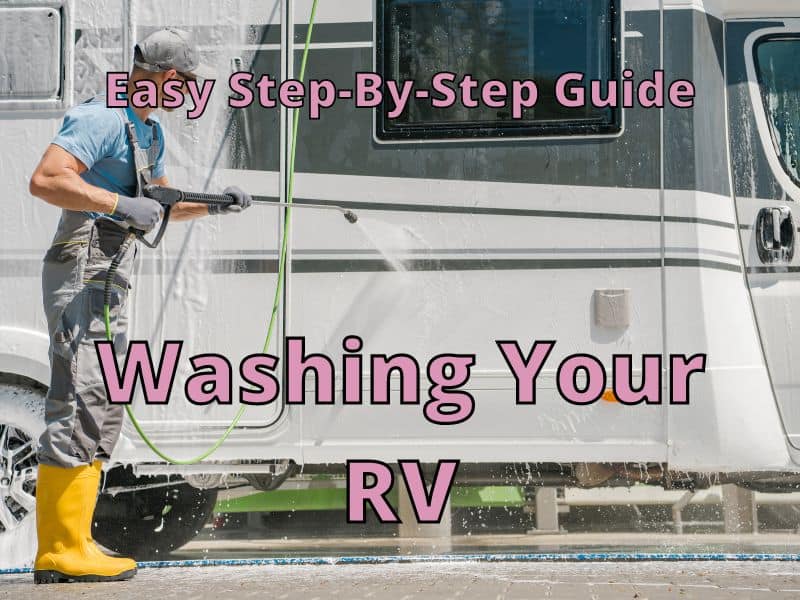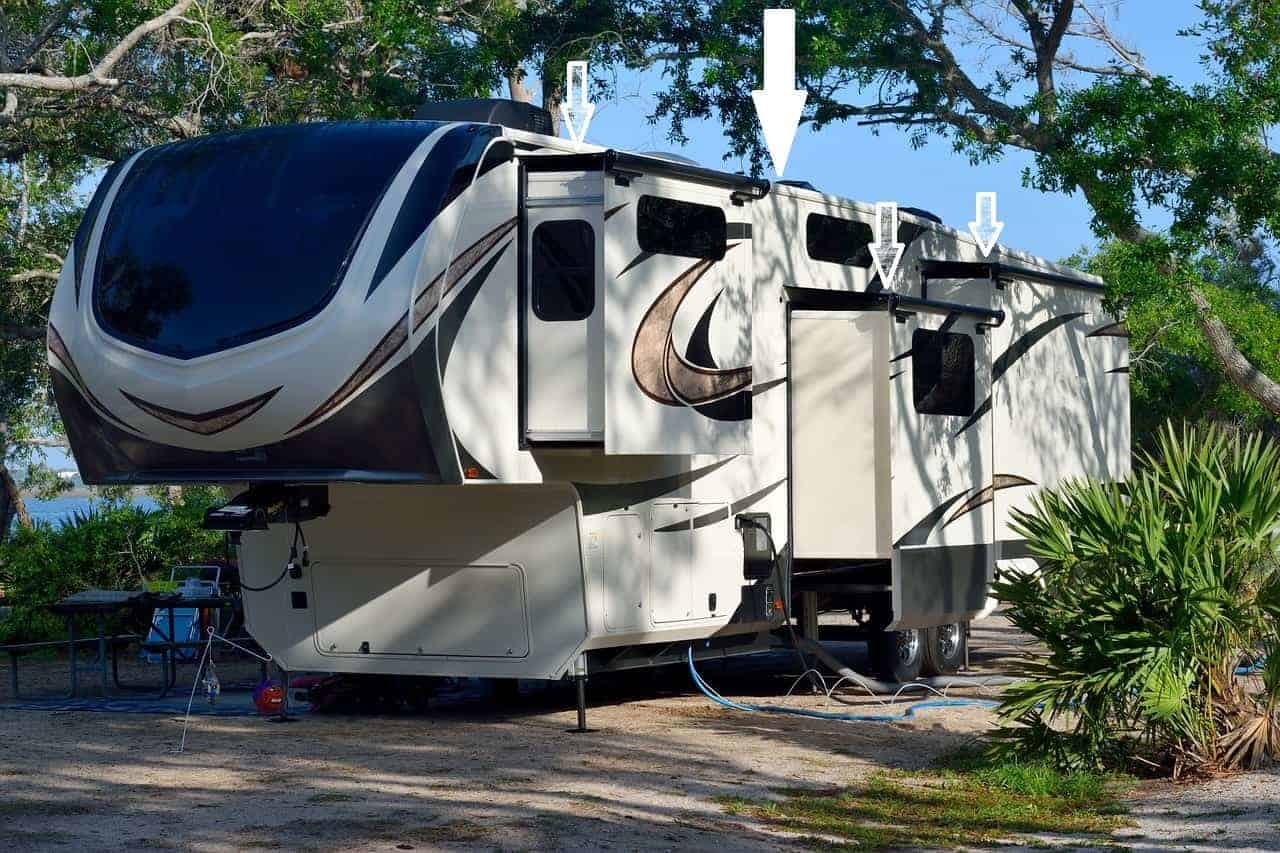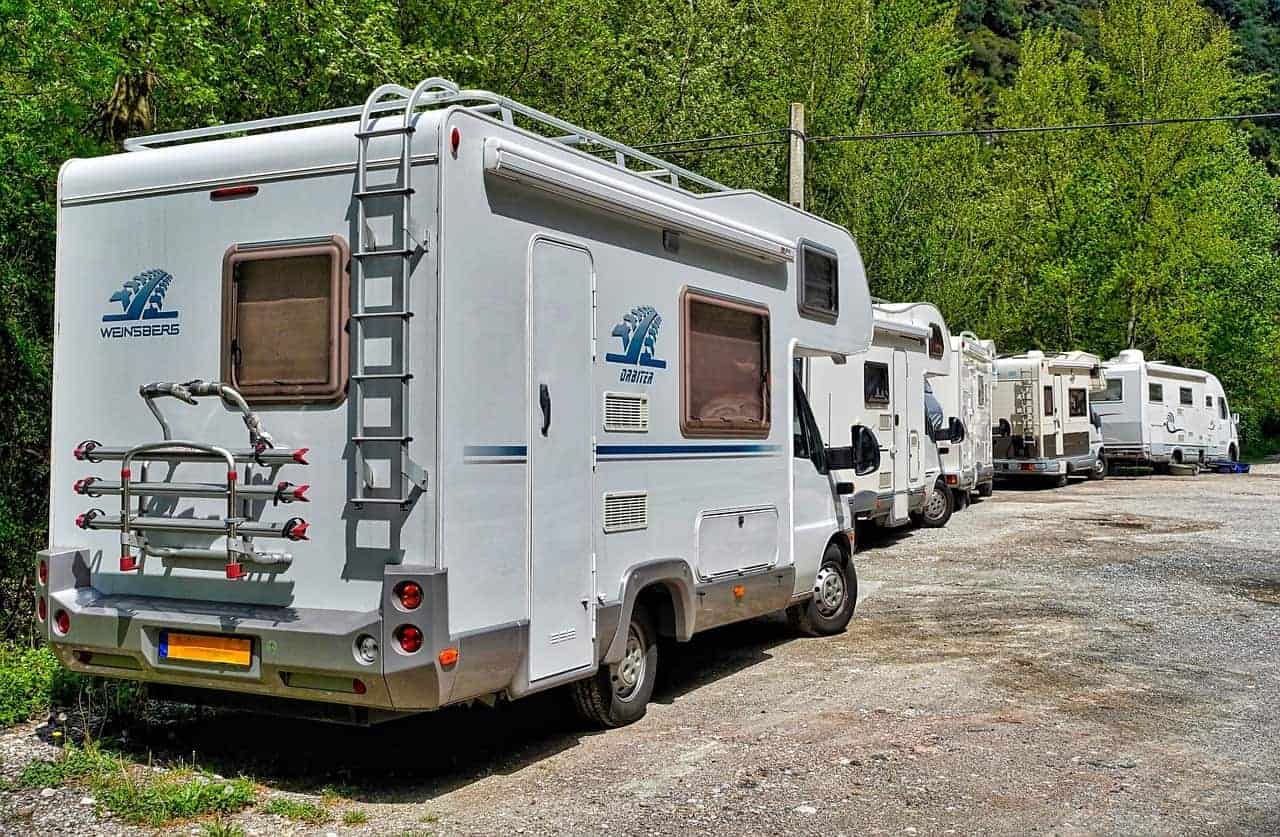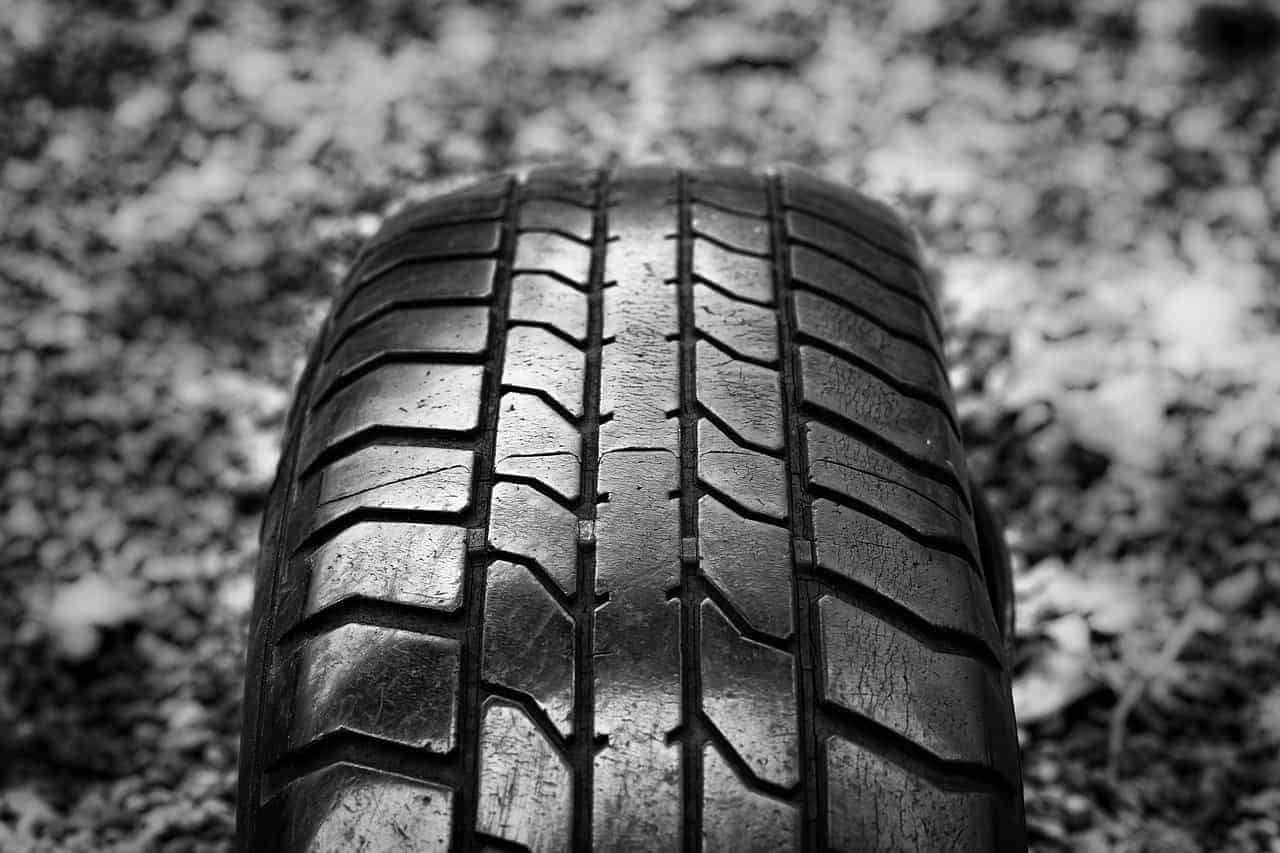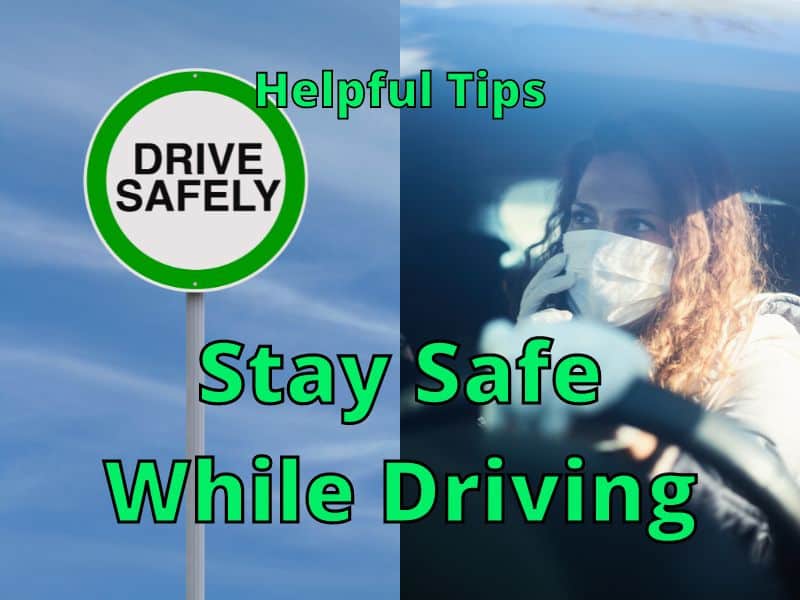Are you concerned about the health of your car? Do you want to increase your car’s mileage? Or are you sick of your old conventional oil for lubrication? Changing your engine oil is an essential part of keeping your car’s engine working at top performance. Therefore, you should pick the oil that will make your vehicle run smoothly and keep it in good condition.
While buying the best synthetic oil for your car, do some research and read your owner’s manual to pick the one that suits your vehicle. Here are a few tips you should follow to buy the best synthetic oil:
- Consider the needs of your car.
- Consider the type of synthetic oil.
- Go beyond the price.
- Read the customer’s reviews.
When it comes to buying lubricant for your engine, there are two options available: Synthetic oil and Conventional oil. You should know that conventional oil is simply a crude oil or by-product of crude oil, while synthetic oil is a chemically modified petroleum product.
Vehicle owners are more inclined to choose synthetic oil after the car’s breaking-in period. In the automotive market, there are plenty of brands available, and many claim to be the best option. Do the research and read your owner’s manual to pick the one that suits your vehicle.
Top 5 Best Synthetic Oil
To choose the right synthetic oil, use one that is recommended by your owner’s manual and has good reviews from customers. Based on our research, we have selected the top five synthetic oils, which will certainly prove to be a good choice for your car’s engine.
Have a look at the top five best picks of synthetic oil.
| Product (Amazon Links) | Image (Amazon Links) | |
|---|---|---|
 | ||
| Rotella T6 5W-40 Full Synthetic Oil (Diesel) |  | |
| Castrol GTX ULTRACLEAN 5W-30 Motor Oil (Non-synthetic) |  | |
 | ||
 |
Benefits of Synthetic Oil
Most people prefer synthetic oil. Many car manufacturers include it in their new cars. Why is this the case? It has many benefits over regular oil and will help your vehicle last longer.

- Cheaper Cost: The economic benefit of synthetic oil is one reason for its popularity. When it comes to standard oil, it needs to be changed after the vehicle has run for 3,000 miles. Synthetic oil, on the other hand, can last for up to 7,000 miles. The initial price may be high, but when you calculate its long-term costs, you will realize that synthetic is a more economical choice.
- Better for your Car: More than just its economic advantages, synthetic oil can generally be better for your car than conventional oil. For instance, it has been asserted that it can provide better lubrication, which can result in maximizing your engine’s horsepower, improving your gas mileage, and extending the life of your engine. It can also ensure the reliable functioning of the engine even in a cold environment.
- Resistance to Harmful Conditions: It is also worth noting that this oil can resist various external conditions. This includes oil sludge, thermal breakdown, and oxidation. Evaporative loss will also be decreased, perhaps one reason why it can be long-lasting.
Is It Right For Your Car?
Given the benefits of synthetic oil, you may be interested in switching from standard to synthetic oil. Be aware that some ideas about synthetic oils are just myths.
Myth: For instance, synthetic oil is not recommended if your car is new and is under the breaking-in period.
Truth: No car manufacturer that I know of has made this recommendation, and many include synthetic oil in their new cars.
Myth: If you have a high-mileage car, you have a good reason to stay away from synthetic oil. Instead, you will need a thin and free-flowing oil.
Fact: Synthetic oil, although thinner than some conventional oils, will protect older engines just as well or better than conventional oil.
Myth: Synthetic oils are the best for cars that are integrated with high-performance engines.
Truth: All car engines can benefit from heat protection, wear protection, and better fuel economy.
Myth: You can’t change to standard oil once you’ve started using synthetic oil.
Truth: Changing oils may affect how your engine runs, but there’s no reason you can’t change back and forth between the two. You can even mix the two types if you want. They will both protect your engine and should interact well with each other. (Just make sure it is the correct kind for your engine – see “Understanding Your Oil Numbers“) If you use the wrong type of oil for your engine, its performance can be negatively affected.
Tips for Buying Synthetic Oil
Before purchasing synthetic oil for your engine, here are a few things you should keep in mind which will increase the likelihood of making the right choice:
- Consider the Needs of your Car: Different types of cars (and engines) require different oils for proper function. Read the label from the oil container and see if it matches the owner’s manual for your vehicle.
- Type of Synthetic Oil: There are two types. The first is a synthetic blend oil, which simply means that it is a combination of synthetic stocks and conventional oil. The other is a fully synthetic oil where a synthetic base stock is used, and it is combined with various additives known for improving the oil’s performance.
- Go Beyond the Price: While it may be tempting to choose the cheapest synthetic oil, this is the one thing that you may end up regretting. You should not hesitate to spend more if the oil is going to be better for your car, especially in the long run; excellent oil will actually save you money.
- Read Reviews: At the end of the day, it would be best to read reviews or ask for the opinions of people you personally know. It’s helpful to weigh the pros and cons of available alternatives.
Understanding Your Oil Numbers

Motor oils have a viscosity or rate of flow or thickness at different temperatures. If you have a motor oil that says SAE 10W-40, it stands for its ability to flow at different temperatures. SAE stands for Society of Automotive Engineers.
The 10W means that its viscosity is 10 in (W = Winter) winter temperatures of 32°F / 0°C. The lower the number, the thinner the oil is at 32°F / 0°C. Thinner oil will perform better on engine start-ups.
The 40 means at 212°F / 100°C (the normal engine operating temperature), the viscosity is at a level of 40. The higher the number, the thicker the oil is at 212°F / 100°C. A thicker oil will perform better when the engine gets hotter than the normal operating temperature.
So, oil changes its viscosity depending on the temperature. Each engine has specific needs. Check your car owner’s manual to make sure you’re getting the correct oil for your car.
Top Picks for the Best Synthetic Oil
**Below, you’ll see more detailed reviews, but you can also click the links above to see current prices and read customer reviews on Amazon.
1. Mobil 1 Extended Performance 5W-30 Motor Oil

When you talk about synthetic oils, one of the most popular brands out there is Mobil 1. It is one of the most trusted within the product category. Even high-end vehicles and racing cars use this oil brand, and this is a testament to its impressive quality.
Aside from its brand name, another thing that makes this an excellent choice is the fact that it is fully synthetic oil, meaning that there is no crude or additives combined with it. With this feature, its mechanical performance and increased mileage will surely be amongst the most recognizable benefits. It is dexos 1 approved.
This is an SAE 5W-30 oil. Its viscosity rating in cold temperatures is 5 and 30 when it is used in normal operating temperatures.
Generally speaking, this product can be excellent for multi-valve fuel-injected engines. However, it should not be used in aviation or 2-cycle engines.
Pros:
- Made by a reputable brand
- 15,000 Miles of Protection
2. Shell Rotella T6 5W-40 Full Synthetic Oil (Diesel)

This is another synthetic oil that is highly recommended because of its wide array of impressive features. Among others, it is preferred because of its low ash technology. This feature is basically responsible for controlling the blockage of the exhaust, making the oil fuel-efficient and emission-compliant.
It is also worth noting that the base of this product is free-flowing synthetic base oil. This means various benefits, with one of the most significant being its ability to provide protection even in extreme climates. Even under high temperatures, the right level of viscosity can be retained.
In addition, it also has many different performance benefits. For instance, it is known for being able to deliver improved fuel economy. With the right choice of oil, the engine functionality can be maximized, which is exactly the reason why it can save fuel in the long run.
This oil has also been praised because of its impressive wear performance. It can provide a high level of protection against the normal wear and tear of the engine and hence plays a vital role in the improvement of the functional life of the hardware.
Pros:
- Lessons engine friction
- Maintains optimal engine pressure
3. Castrol GTX ULTRACLEAN 5W-30 Motor Oil (Non-Synthetic)

Since some people would rather have non-synthetic oil, we included this one. One of the most notable things about this oil is that it is a great cleaner. This means that it helps clean the sludge in your engine very well. It also works well with high engine temperatures.
It claims to be 50% cleaner than the industry standard, so your car engine can be clean and perform at its best.
As your engine gets cleaner, the oil can protect the parts better.
By taking a look at the reviews shared by other people, it can be easily concluded that most people like the price and performance.
Pros:
- Performs well for a majority of people
4. Royal Purple SAE 5W-30 Synthetic Oil

This may not be a fully synthetic oil, but the manufacturer takes pride in using proprietary additive technologies that are combined with premium base oils. This guarantees that the performance of the engine is going to be unmatched.
It is also worth noting that it is fully compatible with other oils. If you are switching from some other oil to this brand, there is no need to undergo complicated procedures. It is Dexos 1 approved.
The wear protection that this product presents is also worth mentioning since it will lessen friction in the engine and contribute to extending its functional life. In relation to this, it also provides excellent protection against corrosion.
Words of praise were also expressed with regard to its increased fuel efficiency, which will make your car more economical as the engine will not be fuel-hungry.
Pros:
- Excellent customer support
- Long-lasting
5. Castrol Power1 10W-50 Synthetic 4T (Motorcycle)

When you talk about synthetic oils, one of the most popular brands is perhaps Castrol Power 1. This is one of the reasons why it is amongst the most trusted within the product category. Even high-end motorcycles and those that are used in racing events use this kind of oil. This is a testament to its impressive quality.
Aside from its brand name, it is also an excellent choice because it is fully synthetic oil. It means that no crude or additives are combined with the oil. With this, its mechanical performance and increased mileage will surely be amongst the most recognizable benefits.
This is an SAE 10W-50 oil. So, it can operate at a wide range of temperatures. It will protect the engine and cover the parts with oil in cold or hot temperatures.
Pros:
- Reduces noise
- Lasts long
Conclusion
Without a doubt, searching for the best synthetic oil is not going to be an easy task. Nonetheless, this does not mean that you can just choose any brand or pick the cheapest option that is available. Make sure that it is made by a trusted brand, given a high rating by other users, and, more importantly, appropriate for your car’s engine.
Stop guessing which one to choose! Keep an eye on the five options mentioned above, and you will not regret them.
See Also:


